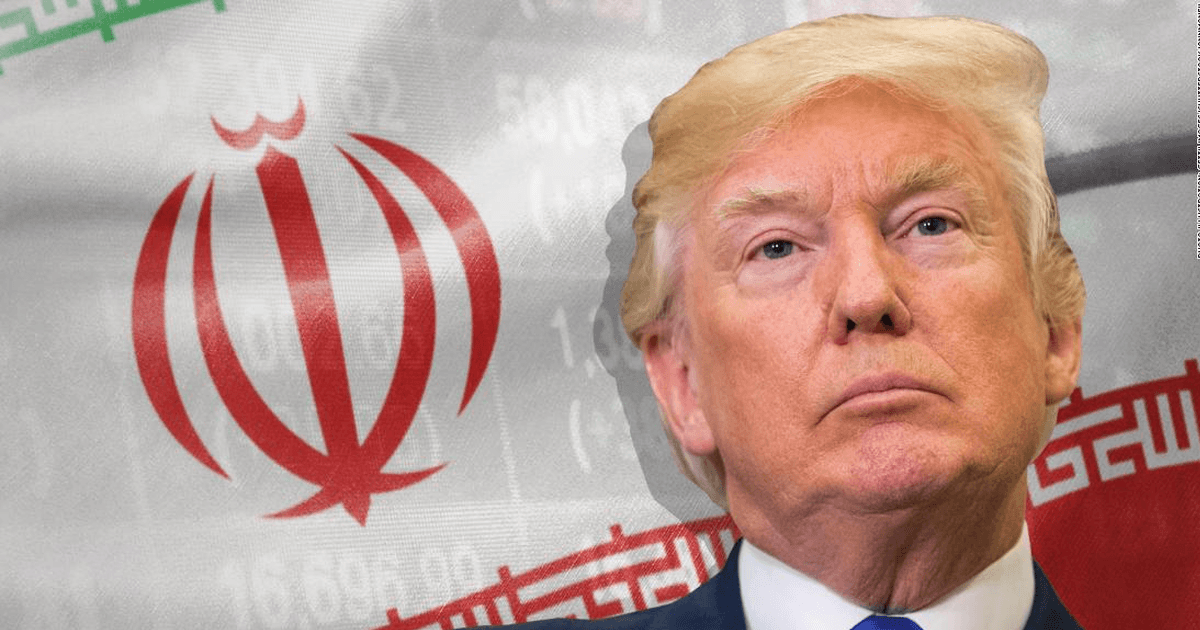Ai-Da, a humanoid robot powered by artificial intelligence, is poised to make art history as the first of its kind to have a painting sold at a major auction house. Her haunting portrait of English mathematician and computing pioneer Alan Turing will be auctioned at Sotheby’s in London during the Digital Art Sale from October 31 to November 7, 2024.
The Portrait: “AI God”
The 2.2-meter-high portrait, titled AI God, captures the likeness of Turing, widely recognized as one of the fathers of modern computing and artificial intelligence. Known for his role in cracking the German Enigma code during World War II, Turing was also one of the first to voice concerns about the future of AI. His legacy is central to the piece, which is expected to fetch between £100,000 and £150,000 ($130,000 to $196,000).
Read More: Android introduces AI-powered anti-theft feature
The portrait’s muted tones and fragmented facial planes symbolize the complex relationship between humanity and artificial intelligence, echoing the concerns Turing raised about AI’s potential dangers as early as the 1950s. According to Aidan Meller, the founder of Ai-Da Robot studio and the driving force behind the creation of the robot artist, the painting’s abstract elements hint at the ongoing struggles humanity faces in controlling the growth of AI.
World’s First Humanoid Robot Artist
Ai-Da, designed to resemble a human female, is among the most advanced AI-powered robots in existence. Created in 2019 by Meller in collaboration with AI specialists from Oxford and Birmingham universities, Ai-Da uses algorithms, cameras embedded in its eyes, and bionic hands to autonomously produce original artwork.
Standing out among other AI-generated works, Ai-Da’s creations are noted for being completely independent of human intervention. With her lifelike appearance, including a face, large eyes, and a brown wig, Ai-Da blurs the lines between human creativity and machine-driven output.
Meller views Ai-Da’s creations as both “ethereal and haunting,” underscoring the deep questions the robot’s art raises about the evolving role of AI in society. He describes her work as not just art but a commentary on the global race to harness AI’s immense power.
Intersection of Art and Technology
The sale of AI God will be part of Sotheby’s Digital Art Sale, which focuses on the intersection of art and technology, featuring a range of digital art forms. According to Sotheby’s Head of NFT and Digital Art, Michael Bouhanna, Ai-Da’s work “pushes the boundaries of artistic creation today,” provoking discussions about how art can evolve in a world where artificial intelligence is becoming increasingly integrated into creative processes.
This is the first time a humanoid robot’s artwork will be sold at a major auction, making it a historic moment for both the art and technology sectors. While the sale of AI-generated works has been gaining attention in recent years, Ai-Da’s work stands out due to her physical manifestation and autonomous creative process.
Ai-Da’s Previous Artistic Milestones
Although AI God marks Ai-Da’s first appearance at Sotheby’s, it is not the robot artist’s first major artistic achievement. In 2022, Ai-Da painted portraits of headline acts at the Glastonbury Festival, including Billie Eilish, Diana Ross, Kendrick Lamar, and Paul McCartney. Ai-Da’s work has also been featured at prestigious exhibitions worldwide, including the Venice Biennale and the United Nations’ AI for Good Global Initiative.
Read More: WhatsApp’s upcoming AI voice chat feature
The sale of AI God represents a new era in the relationship between AI and art. As AI continues to shape industries across the globe, its impact on the creative world is becoming undeniable. Ai-Da’s artwork raises fundamental questions: Can machines truly create art? What role will AI play in the future of human expression?














